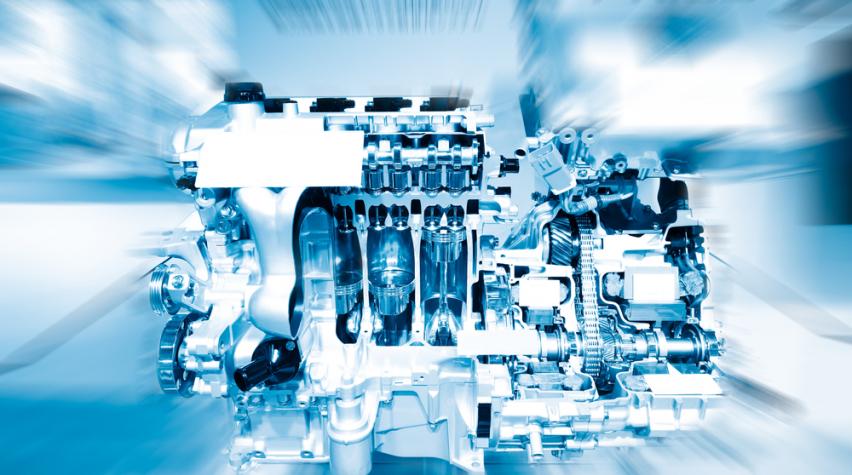
New technology out of the U.S. Department of Energy's Lawrence Berkeley National Laboratory (Berkeley Lab) offers potential for faster fueling and improved performance for hydrogen-powered vehicles.
The new technology sidesteps some of the performance issues associated with metal hydrides used for hydrogen storage, thanks to sheets of graphene oxide. The thin sheets shield magnesium nanocrystals from oxygen, moisture, and contaminants but allow hydrogen molecules to pass through, allowing the magnesium to hold the hydrogen for safe and compact storage. The nanocrystals also permit faster fueling, and reduce the overall "tank" size.
In a press release on the breakthrough, Eun Seon Cho, a postdoctoral researcher at Berkeley Lab and lead author of a study related to the new fuel cell formula, described the advantages saying, “Among metal hydride-based materials for hydrogen storage for fuel-cell vehicle applications, our materials have good performance in terms of capacity, reversibility, kinetics and stability.”
In a hydrogen fuel cell-powered vehicle using these materials, known as a "metal hydride" (hydrogen bound with a metal) fuel cell, hydrogen gas pumped into a vehicle would be chemically absorbed by the magnesium nanocrystaline powder and rendered safe at low pressures. Researchers feel this work points towards the possibility of viable hydrogen storage in the future.
For more on this research, you can read the press release or read the full article in Nature Communications.


